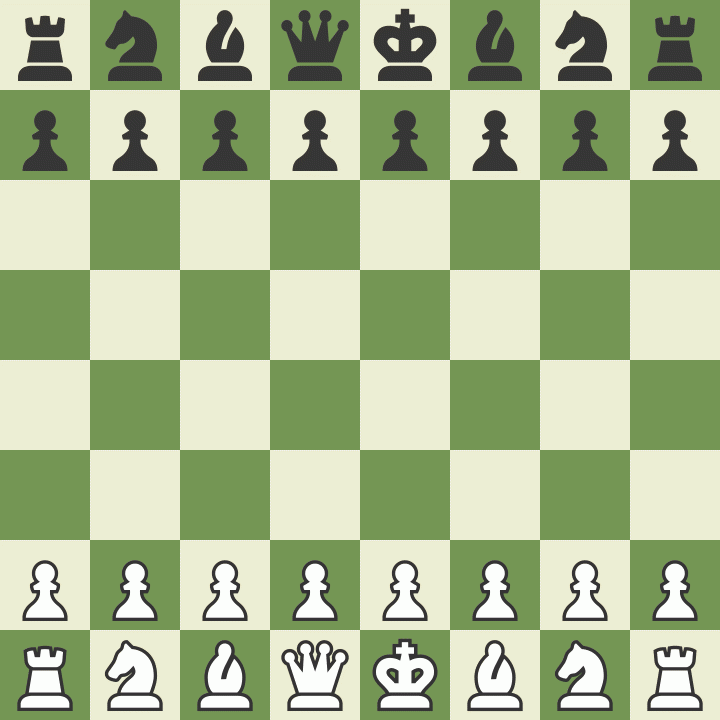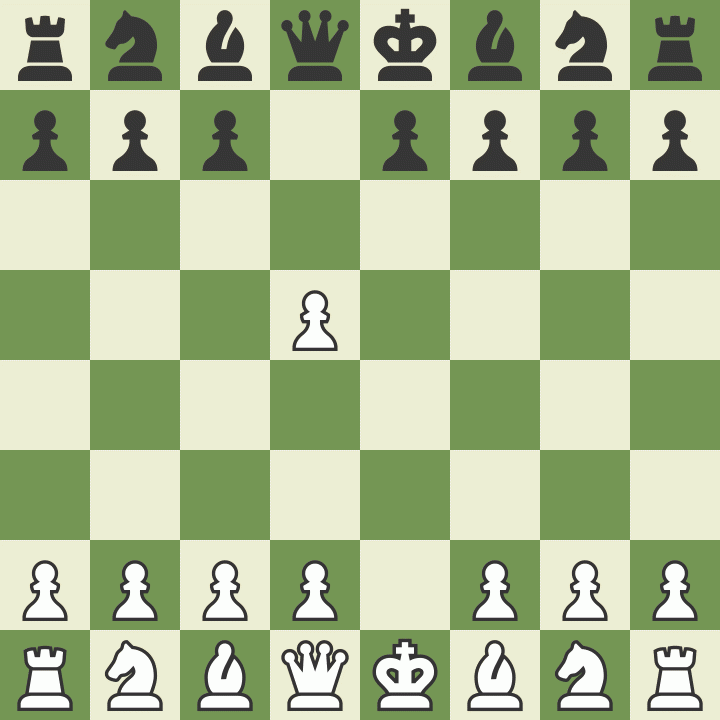
Tempo
Can you imagine how great it would be if you could move your pieces more than once each turn while playing chess? Although this is illegal, there is one way for you to be "faster" than your opponent to gain an edge. It all comes down to one crucial chess concept: the tempo.
What Is A Tempo In Chess?
Tempo is an Italian word that translates to "time." In chess, though, this term is not used to designate the time each player has on the clock. Instead, it is a way to identify each turn a player spends to move a piece. When we want to refer to more than one tempo, we use the term tempi.

What Is The Importance Of The Tempo In Chess?
Understanding the concept of tempo is critical for any chess player who wants to improve their play.
Every game simulates a battle between two armies. As a general of one of those armies, you are in charge of deploying your troops in the most effective way possible. Usually, doing so involves mobilizing your forces without wasting any time.
Take a look at the example below. Here we can see the importance of using your tempi effectively to activate your pieces and bring them into the battle.

In the game above, we can see that White was able to develop most of their pieces while also threatening Black's queen. When you successfully move your piece to a good square and force your opponent to stop their original plan to defend against your newly created threat, you have gained a tempo. White has won multiple tempi by threatening the mighty black queen.
Conversely, when one player gains a tempo, it means that the other one has lost a tempo. In the game above, Black brought his most powerful piece to the battle very quickly. On the other hand, they have also lost multiple tempi to protect their queen, which eventually led to Black's demise.
In the world-famous Opera Game played by chess genius Paul Morphy against Duke Karl and Count Isouard, the concept of tempo plays a critical role in the outcome of the game.
Test Your Skills
Now that you understand the element of tempo in a game of chess, it is time for you to test your skills! Solve each of the puzzles below, taking into consideration your newly acquired knowledge to improve your position.
Puzzle 1: In this common opening position, Black has just captured one of your central pawns. Is there a way for you to develop one of your pieces with a gain of tempo?
Puzzle 2: You have a misplaced knight on a6 that is not doing much to help you. Can you improve its position while also gaining a tempo?
Conclusion
Now you understand the concept of tempo in chess and its critical role in the game. Head over to our Lessons page to master the use of your tempi and win more games!







